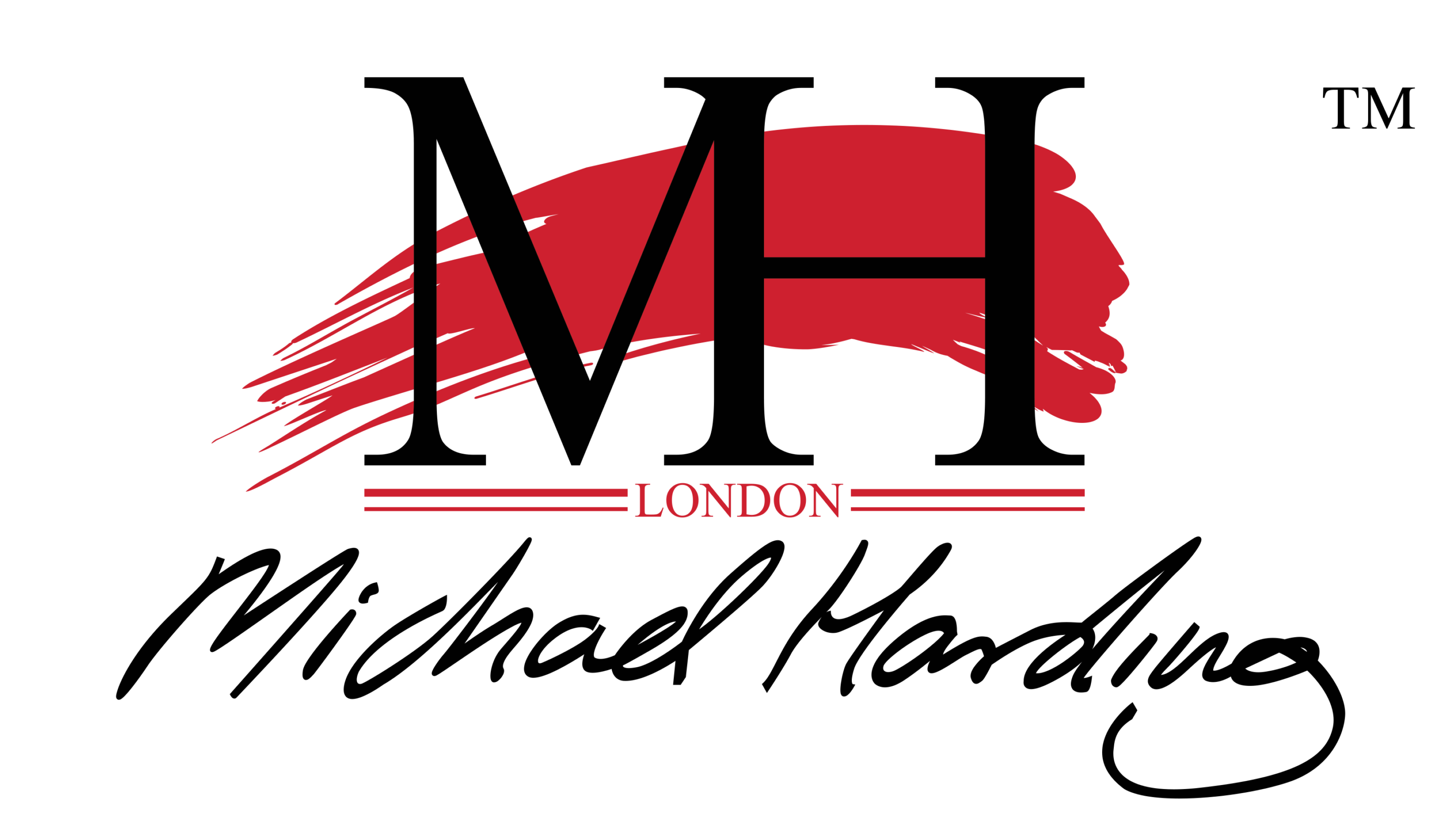An in depth study of materials in a very detailed and original handleing of subjects not normally covered. An absolute must for the academic artist. So refreshing to have a book of this caliber written in modern times. Sections upon mediums second to none! 371 pages

I have been following Tad’s progress on his website for years, glad he put it all together in a book. Michael are you doing any more talks in London? I missed you a few years back when you did a talk in Atlantis , I saw you there but I had an art class to teach.
Regards.
Hi Trevor,
Yes Tad’s work is great and very useful!
I am actually in London on the 20th of October at Cass Art Islington. I will be there from 4pm!
If you would like to come along please check with Cass for details